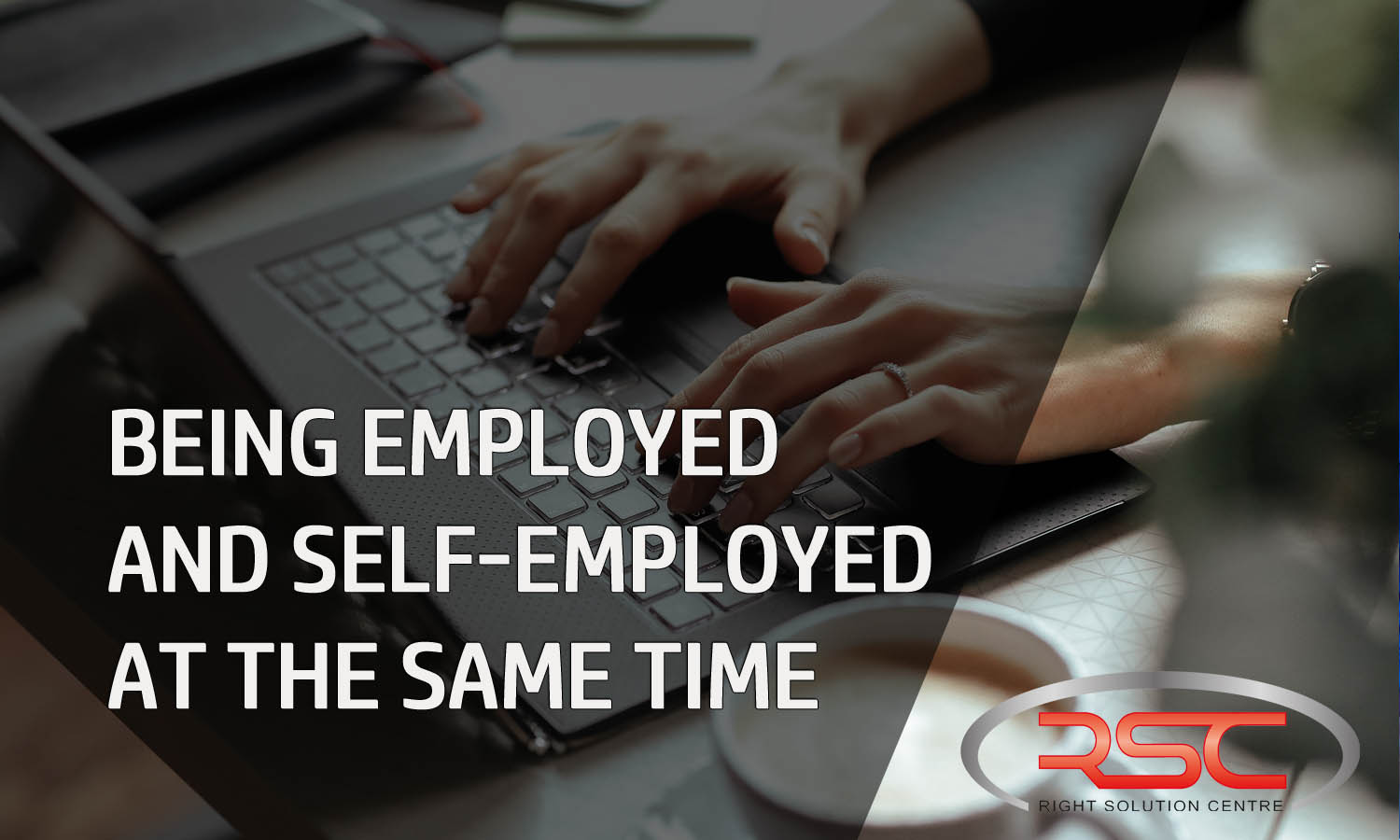17/11/2021
Can I be Employed and Self-employed at the same time?
In Ireland you can be employed and self-employed at the same time. An example of this is if you are working for an employer during the day, but you also run your own business in the evening.
All that really changes is the money that is earned through your employment will be taxed via PAYE and the earnings you made through your own business will have to be declared through a Self-Assessment Tax Return at the end of the year.
There are number of benefits of being both employed and self-employed. The biggest being you can offset your self-employed losses against your PAYE income. One of the biggest drawbacks is you need to keep proper records and submit an annual return. Depending on your trade and your income you may need to also register for VAT.
Being an Employee
You are employed (an employee) when you work for a company on their own payroll and you receive wages through it.
If you are an employee, you normally pay tax through PAYE (Pay As You Earn).
Every time your salary is paid, your employer deducts Income Tax (IT), Pay Related Social Insurance (PRSI) and Universal Social Charge (USC) and pays the amount deducted to Revenue. PAYE ensures that the yearly amounts you have to pay are collected evenly on each pay day over the course of the tax year.
You may be entitled to tax credits and to tax reliefs and exemptions to reduce the amount of tax you pay.
Being Self-Employed
You are considered self-employed (sole trader) when you run your own business rather than working for an employer and you are responsible for the business success and failure. With it comes many responsibilities such as:
Tax registration
To set up as a sole trader you must register for income tax with Revenue as a self-employed sole trader. You do this using Revenue’s online service (ROS) or with a help of your tax agent/accountant.
Tax return
Self-employed people need to prepare their tax returns by completing a Form 11 on or before the 31st of October each year. To fill out your annual tax return you must keep accounts which record:
- All purchases and sales of goods and services and
- All amounts received and all amounts paid out
You must also keep supporting records such as invoices, bank and building society statements and receipts.
The total income i.e. employment and self-employed income is declared to Revenue. The tax is calculated on the total income and the taxpayer receives a credit for the deductions that the employer has taken at source. Any taxable welfare payments received in the year should also be declared on your income tax return.
If you need help with self-employment registration, accounting or tax issues please contact us and we will be happy to assist.

